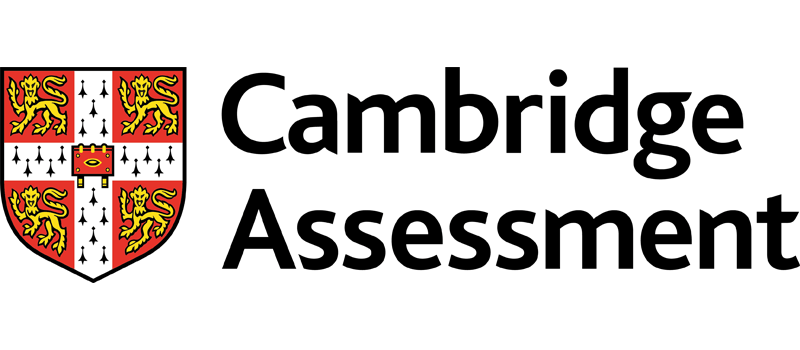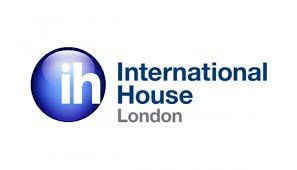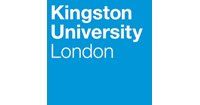Day 1:
Foundations of Health, Safety, and Wellness
Overview of global health and safety standards (e.g., OSHA, ISO 45001).
Key theories and frameworks guiding successful programs.
Understanding the role of leadership in fostering a culture of safety.
Identifying common workplace hazards and their implications.
Day 2:
Risk Assessment and Mitigation Strategies
Conducting thorough risk assessments using established methodologies.
Prioritizing risks based on severity and likelihood.
Developing action plans to address identified risks.
Case studies highlighting successful risk mitigation efforts.
Day 3:
Compliance and Legal Requirements
Navigating national and international health and safety regulations.
Ensuring alignment with industry-specific compliance mandates.
Avoiding penalties and reputational damage through proactive measures.
Documenting processes to demonstrate regulatory adherence.
Day 4:
Designing and Implementing Wellness Initiatives
Principles of designing effective wellness programs.
Integrating mental health support into workplace initiatives.
Leveraging technology to enhance program accessibility and engagement.
Measuring the ROI of wellness investments.
Day 5:
Evaluation and Continuous Improvement
Tools and techniques for evaluating program effectiveness.
Collecting and analyzing data to inform decision-making.
Engaging employees in continuous feedback loops.
Building a roadmap for ongoing enhancement and innovation.























































